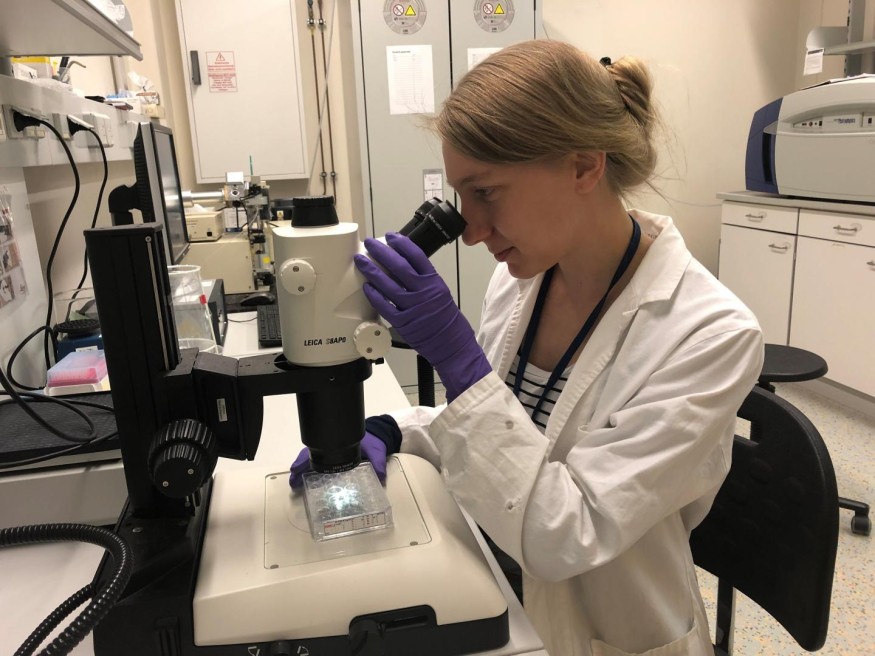Enzymes are found in the cells of all living things, including bacteria, plants, and humans. Some just do their jobs a few times before giving up. Others will do their tasks for hundreds of thousands of times before giving up.
Organisms use a lot of energy recycling worn-out enzymes, which could be used for other purposes. According to Andrew Hanson, eminent scholar, and professor in the UF/IFAS horticultural sciences department, longer-lasting enzymes could convert into increased yields in plants grown for fruit, wood, fiber, or other purposes.

Related Article: Lab-Made Corn Cob, Next Staple Food?
Importance of Enzymes
"Replacing enzymes costs species a lot of energy, but no one has ever wondered, "How long do enzymes last, and what factors decide that?" If you want to prolong the existence of enzymes, you must first decide which enzymes to target. "Hanson is the lead author of a recent study in which researchers propose a new criterion for measuring enzyme durability.
CCR Process

Catalytic Cycles until Replacement, or CCR, is the first step toward increasing enzyme survival and, eventually, providing more fruit, fuel, and fiber for the earth. The thesis was funded by a grant from the National Science Foundation and was published in the journal Proceedings of the National Academy of Sciences.
Related Article: 'You'll Get Used to the Taste' Bill Gates Advises Eating Synthetic Meat to Protect Earth
How CCR Works
Hanson compares the components of a car to the enzymes in a cell to illustrate how CCR functions.
Enzymes, like car parts, perform a single role over and over, causing wear and tear. The maker of a car knows how many times a component will be used before it has to be replaced. The CCR provides enzyme-related data, telling bioengineers how many times an enzyme will perform its function until it wears out.
"Bringing the vehicle into the garage to repair parts on a regular basis is an expensive and inefficient practice. Plants that we cultivate as grains, on the other hand, use a lot of energy on enzyme repair, leaving less energy for growing grain or other harvestable pieces, "Hanson said. "Many enzymes in plants should be changed, and we know where to start with the CCR."
THI4
One of these plant enzymes, THI4, has already been improved by Hanson's lab. This enzyme catalyzes a chemical reaction that results in thiamine production, a B vitamin that is required for many biological processes.
THI4, on the other hand, is a "throw-away" enzyme, meaning it catalyzes the reaction once and then self-destructs.
"Finding another enzyme that can make thiamine but lasts longer than THI4 is one potential alternative," Hanson said.
Guided Evolution
Hanson's lab is using a method called guided evolution to refashion systems like these.

An organism's genome acts as a model for producing everything about that organism, including its enzymes. Modern breeding strategies in plants can classify and modify parts of the genome that provide instructions for desirable traits. This entails cross-breeding many plants and isolating those with the genetic combination that produces the desired phenotype. This needle-in-a-haystack quest, however, will take years since plants regenerate seasonally.
Directed evolution uses the natural mechanisms of mutation and selection in bacteria and yeast to improve genes containing enzyme or other protein instructions at a much faster rate than will ever happen in a plant. The modified genes can then be converted to a plant's genome using technology like CRISPR, which improves the plant's enzymes, resulting in a more active plant.
ALSO READ: EU: Mealworms Now Safe for Human Consumption
For more news update about alternative lifestyle and the environment, don't forget to follow Nature World News
© 2025 NatureWorldNews.com All rights reserved. Do not reproduce without permission.





